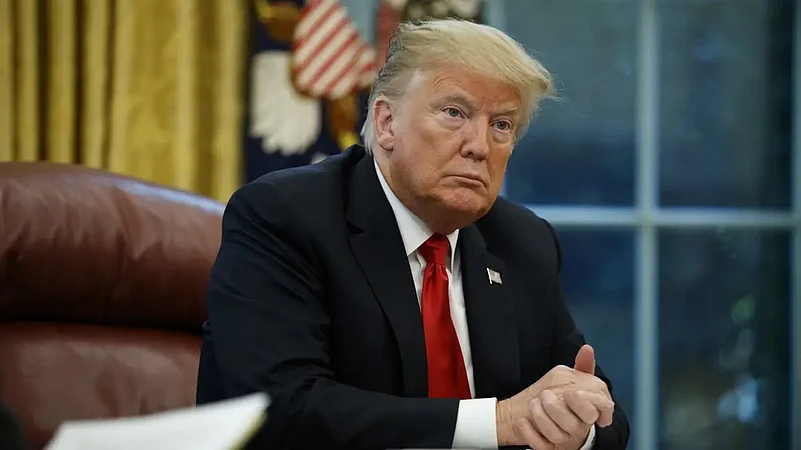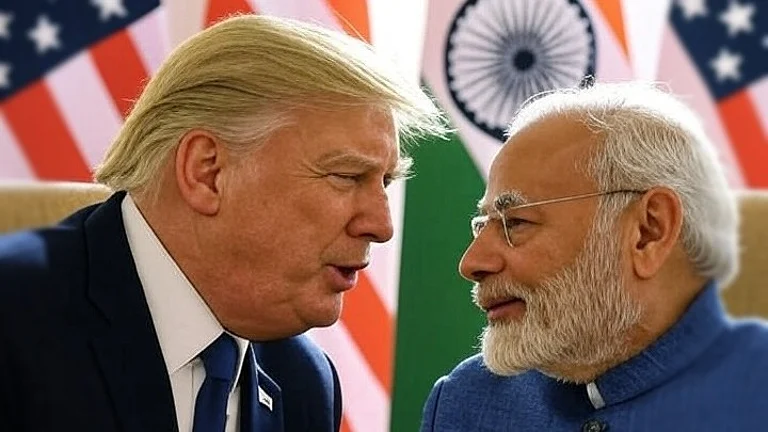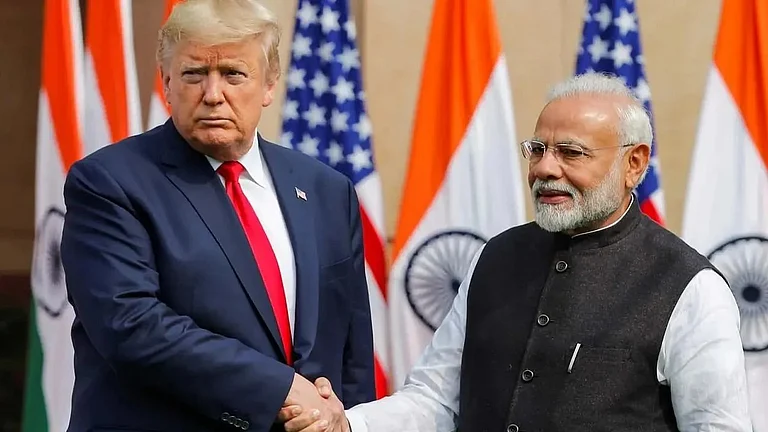US President-elect Donald Trump, ahead of his White House return, has been making back-to-back announcements that highlight his economic vision for America. After announcing a possible increase in trade tariffs with countries like China and Canada, Trump is now threatening to regain control over the Panama Canal, an important waterway trade route bridging the Atlantic Ocean and the Pacific Ocean.
Recently, while addressing the public in Arizona on Sunday, Trump accused the central American country Panama of charging “exorbitant prices” from American naval and commercial ships trading through the route.
“The fees being charged by Panama are ridiculous, highly unfair,” said Trump in the public address. Flagging the same concerns Trump said on his social media platform Truth Social “This complete ‘rip-off’ of our Country will immediately stop”.
Before the Panama Canal, owing to the complicated geography of the area around Atlantic and Pacific Oceans, it used to be difficult to move from one ocean to the other. The only way then was to move around the tip of South America, which used to be time-taking.

What is the Panama Canal and Treaties That Built It?
The history of the Panama Canal dates to the 1850s when the United States had started expanding its presence in the Central American region and wanted to build a Nicaraguan Canal that would connect the Pacific and the Atlantic. But the region was historically controlled by the United Kingdom and the US’s plan to construct a canal threatened the UK’s influence over the area. As tensions between the two nations grew, the Clayton-Bulwer Treaty was signed to build a joint Anglo-American canal. Additionally, the treaty helped to ward off a war-like situation between the two countries. The construction of the canal remained on paper only.
Decades down the line, in the 1880s, a French company headed by Ferdinand de Lesseps, the man who build the Suez Canal, came onboard to set up the canal. The company moved beyond the planning stage and started excavating the area. However, due to Malaria breakout which resulted in nearly 20,000 deaths, according to the Office of the Historian, US Foreign Service Institute, the project saw the same fate as the previous Anglo-American endeavor.
While the US was still eyeing to build the canal, Panama was fighting battles to achieve freedom from the province of Colombia. The US headed by then President Theodore Roosevelt, helped Panama to gain independence. Panama’s independence set the foundation for US’s dream canal to turn into reality.
After two failed attempts to build the canal, the Hay-Bunau-Varilla Treaty was signed between the newly independent country Panama and the US in 1903. According to the US Office of the Historian, the treaty provided the US with a 10-mile-wide strip of land to build the canal and operate it, and a one-time worth $10 million payment and an annual annuity of $250,000 to Panama in exchange.
After nearly six decades of struggle, the Panama Canal was completed in 1914. However, in the 1970s differences between the two countries started brewing up and eventually led to the signing of the Torrijos-Carter Treaties in 1977. According to the conditions contained in the treaty, the US handed over the canal to Panama, ending its nearly a century-long control over it.
How the Panama Canal Drives World Trade?
The canal facilitates global trade immensely as it significantly reduces travel time by nearly 8,000 nautical miles and 18 days of travel time and contributes to the global supply chain. Apart from general cargo and passengers, the canal supports easy waterway transportation for commodities like dry Bulk, container, chemical tankers, LPG carriers and vehicle carriers.
According to the World Economic Forum, the canal connects nearly 2,000 ports in 170 countries. As of 2023, the canal played a significant role in global trade and supported nearly 14,000 transits in 2023. The top three most traded industries’ products include minerals, vegetables, chemicals and allied, as per the International Monetary Fund’s PortWatch.
Nearly 72 per cent of the ships transiting through the canal are either going to or coming from US ports.
“The US has a vested interest in the secure, efficient, and reliable operation of the Canal. The canal’s strategic significance extends beyond economic benefits and encompasses national security, defense capabilities, diplomatic relations, and logistical resilience,” according to the US’s official website for the International Trade Administration.































